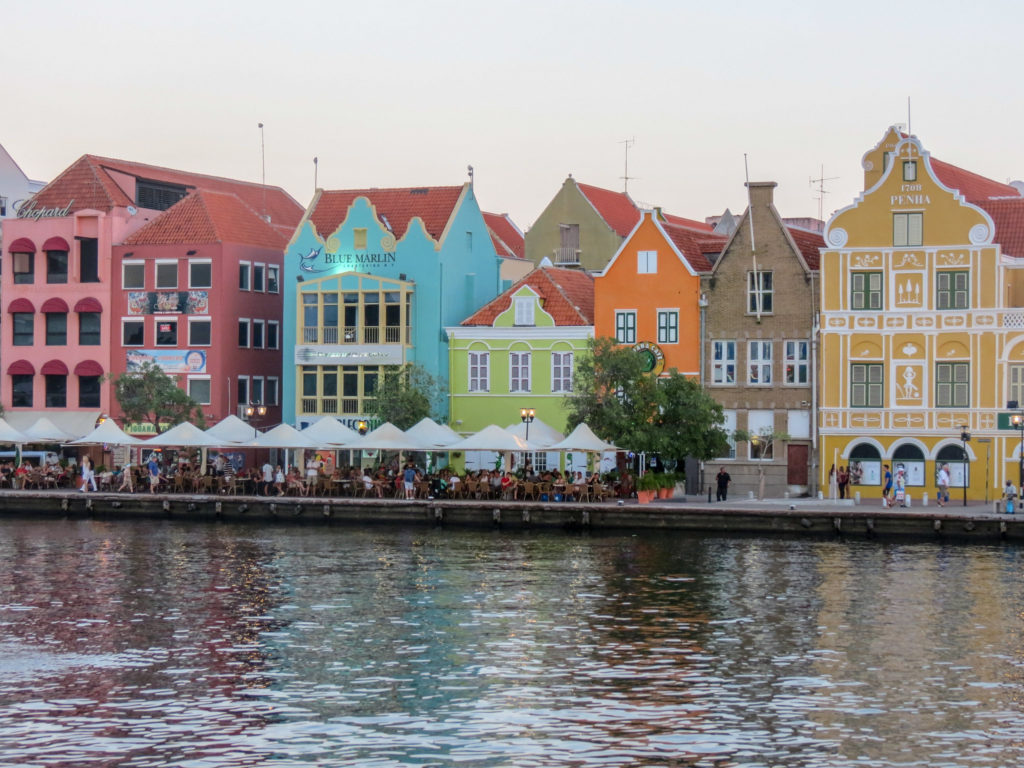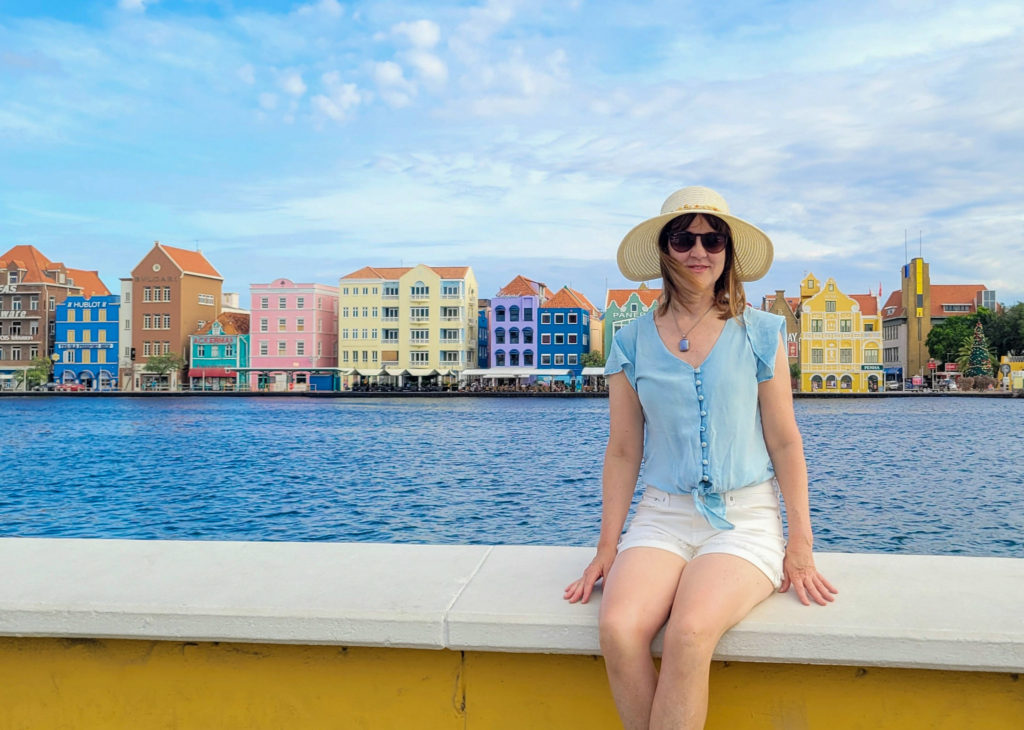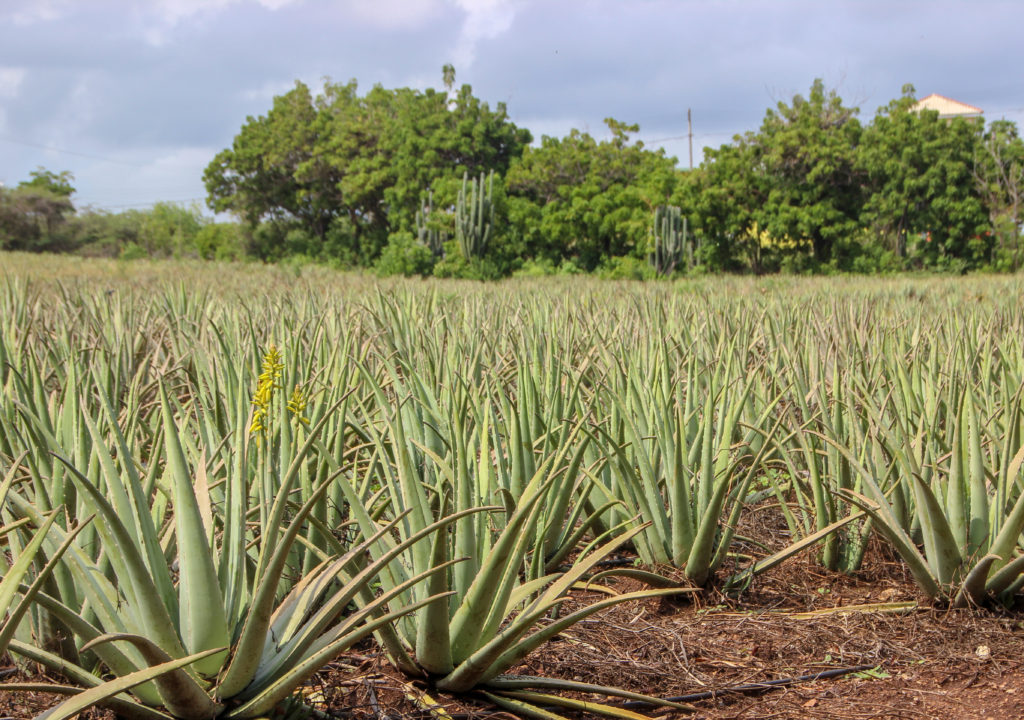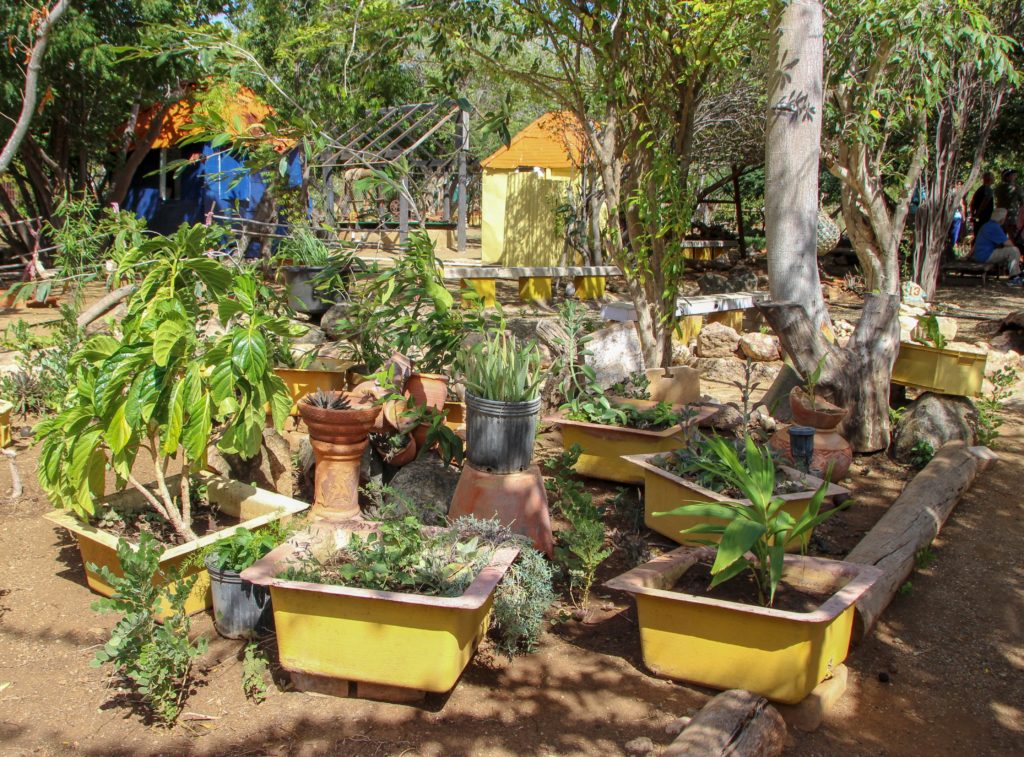
About Curacao
As part of the ABC islands, along with Aruba and Bonaire, Curacao is the ultimate Dutch Caribbean getaway. Just 65 km (40 mi) north of the Venezuelan coast, Curacao is the largest of the ABC islands comprising the mainland and Klein (“Little”) Curacao. In 2017, Curacao was named as the Top Cruise Destination in Southern Caribbean by Cruise Critic. Ships port at the capital city, Willemstad, a World Heritage Site with its Dutch colonial architecture. Below are Curacao Travel Guides from my travels.
Like the other ABC islands, Curacao has a semi-arid climate with a dry season from January to September and wet season from October to December. However, the rain overall is less just 12 inches per year. Plus, these islands have no rivers. Also, all the ABC islands utilize reverse osmosis or desalinization process for fresh water. Curacao lies outside the Atlantic’s Hurricane Alley; however, easterly Trade Winds blow through, being strongest December to January. So, the ABC islands are great locations for windsurfing.
Curacao flora is different than most other tropical environments with its desert climate. Common plant species on the island include cacti, such as, Guajira-Barranquilla xeric scrub, Melocactus and Opuntia species. The Watapana trees are common in ABC’s and it’s the national symbol of Aruba. The Curacaoan insular shelp along the northern coast is a sharp drop-off, known as the “Blue Edge.” This is a popular spot for scuba diving. The southern coastline is calmer waters with popular beaches, such as, Jan Thiel and Cas Abou.
Curacao Travel Guides
Colorful Willemstad, Curacao Top Attractions and Things to Do
Willemstad is the picturesque capital of Curacao and full of colorful wonders. Even more this Dutch Caribbean port is a…
Curacao’s Curaloe Ecotourism and Health Benefits of Aloe Vera
Curacao’s Curaloe Aloe Vera Plantation offers sustainable ecotourism. When travelling in the southern Caribbean islands, Aruba and Curacao, one can…
Curacao’s Den Paradera: Native Herbal Medicine Garden Ecotourism
Curacao’s Den Paradera is a gem, off the beaten path of the popular tours. Amidst sparkling turquoise waters, Curacao, the…



